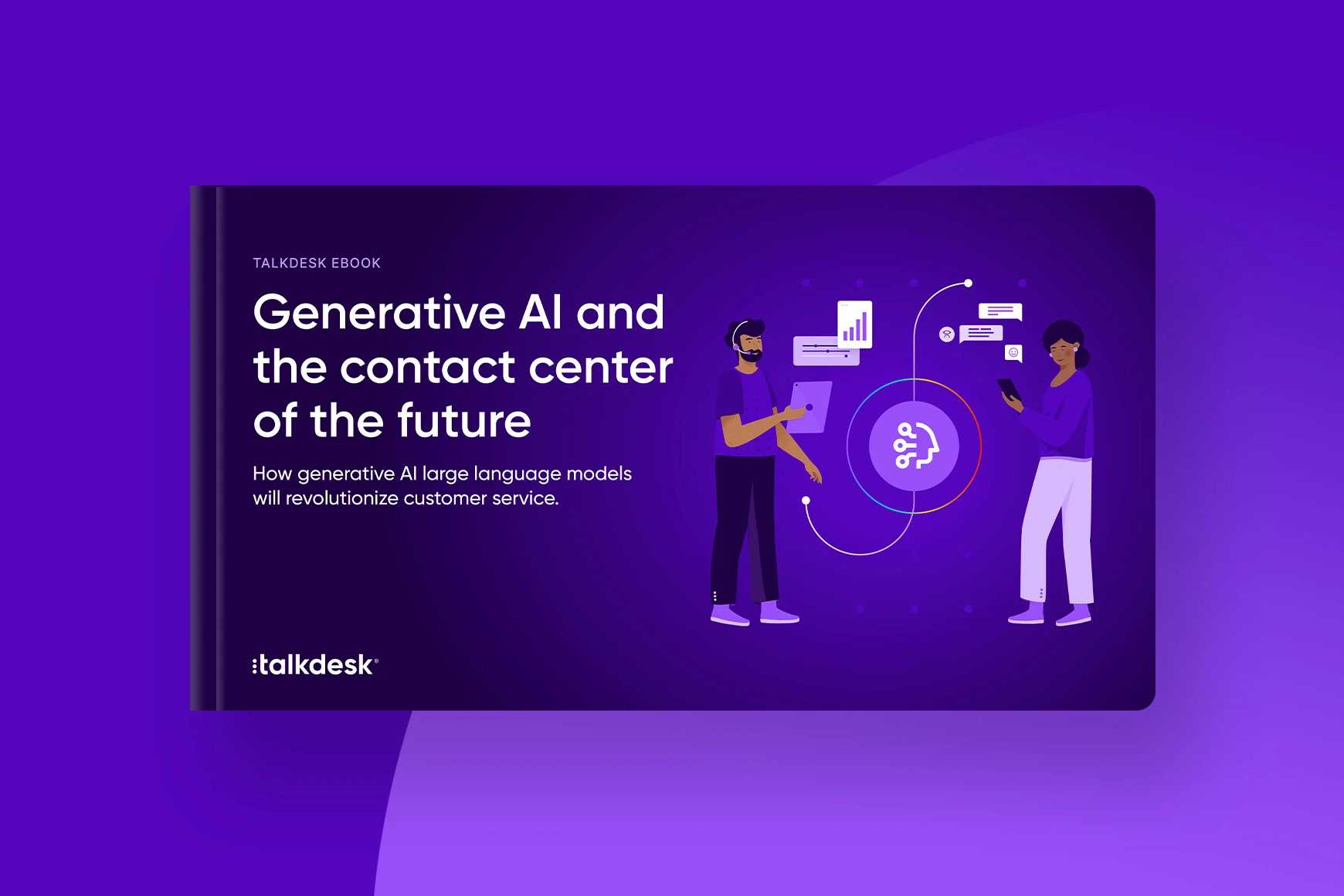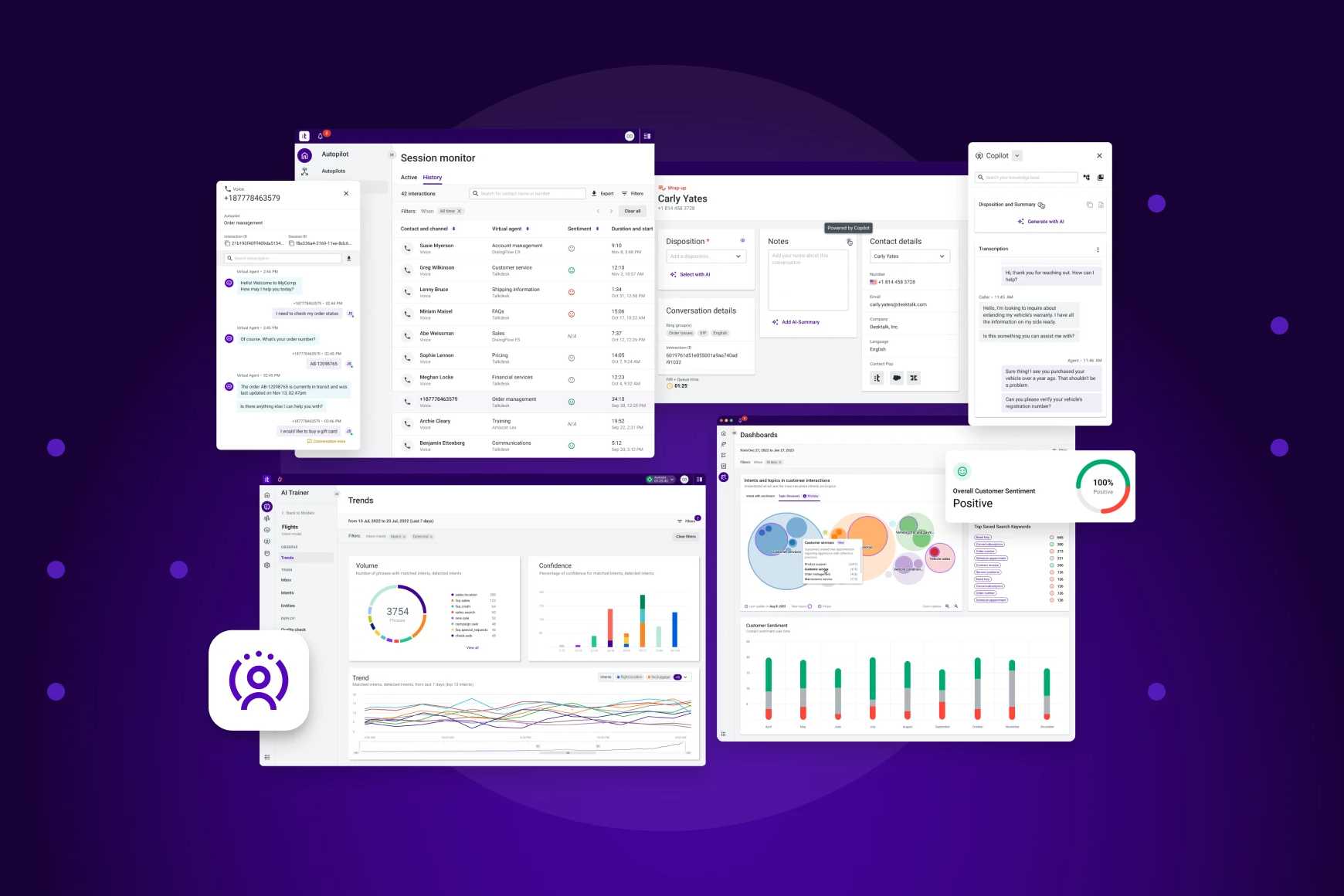Contact Center Trends
7 ways to improve customer experience

By Celia Cerdeira
0 min read

Customer experience is an unquestionable key driver of success. It’s the golden thread that weaves through every aspect of a company’s offering, shaping customer perceptions and driving loyalty. From the insightful process of customer journey mapping, which provides a deep dive into customer interactions and touchpoints, to creating a customer-first culture within contact centers, every strategy aims at one goal: elevating the customer’s journey to exceptional heights.
These seven strategies are not isolated tactics but are part of a comprehensive approach that places the customer at the center of all business operations. They represent the shift from a transactional to a relational mindset, where every customer interaction is an opportunity to strengthen ties and build a base of advocates for the brand. It’s this understanding and execution of CX that sets industry leaders apart.
Seven ways to improve customer experience and loyalty in contact centers.
1. Customer journey mapping.
Understanding customer interactions is vital for businesses that aim to deliver exceptional customer service. Each interaction is an opportunity to either strengthen customer relationships or push them away. By comprehensively understanding how customers engage with various touchpoints, from initial inquiry to post-purchase support, businesses can identify what resonates with customers and where there may be room for improvement.
Customer journey mapping is more than a tool—it’s a strategic asset, a powerful technique to gain insights into customer touchpoints. It involves creating a visual representation of every stage and interaction in the customer lifecycle, which allows businesses to track the customer’s experience from start to finish.
Through mapping, companies can visualize the customer’s path, note where they are delighted or face obstacles, and understand the context behind their behaviors. This strategic visualization aids in pinpointing critical moments where targeted actions can optimize the customer experience. By regularly updating the journey map with new data and customer feedback, businesses ensure that their strategies remain aligned with customer needs, helping to cultivate an environment of continuous improvement and innovation.
2. Omnichannel support.
In today’s interconnected world, providing omnichannel support is no longer a luxury—it’s a necessity to optimize customer experience and nurture loyalty. Implementing an omnichannel support solution means customers can seamlessly transition between communication channels—be it social media, email, voice, chat, or others—without any disruption in service or quality. This strategy ensures that the context of customer inquiries is retained across channels, delivering a cohesive service experience that acknowledges their preferences and history with the brand.
Seamless omnichannel experiences empower customers with the flexibility to choose their preferred mode of interaction, fostering a sense of control and personalization. By offering a unified customer service front, businesses show that they value their customers’ time and convenience, which translates to increased customer satisfaction and loyalty. An omnichannel approach also paves the way for collecting comprehensive customer insights, enabling businesses to fine-tune services and anticipate needs, further solidifying the customer-company relationship.

EBOOK
Generative AI and the contact center of the future
Discover how generative AI systems will revolutionize customer service, from conversational AI to contact center agents. Get ready for a game-changing shift in the industry!
3. Customer-centric culture.
Fostering a customer-fist culture is the embodiment of a company’s commitment to meet customers where they are, with the service they expect and deserve. When every team member is attuned to the customer’s voice across all platforms, the message is clear: the customer’s needs come first. Encouraging this mindset involves not just training and awareness but also tangible incentives for employees who prioritize customer satisfaction. Recognition programs, rewards for positive customer feedback, and performance metrics aligned with customer happiness can motivate staff to go above and beyond.
By championing a culture that places the customer at the heart of all operations, businesses can create enduring customer relationships and brand loyalty spanning across every channel.
4. AI for workforce management and training.
Empowering contact center agents with AI-enhanced training ensures that every customer interaction is handled with expertise. A comprehensive review of the current customer experience, supported by AI, can reveal new opportunities for improving the customer journey. Conducting detailed walkthroughs of customer support interactions with the aid of AI analytics gives an in-depth understanding of the customer journey, allowing for strategic improvements.
Adopting AI workforce management tools can lead to a more dynamic allocation of resources, ensuring that the right agents are available at the right time across all support channels. This optimization leads to reduced wait times and a more personalized customer experience. Furthermore, AI-powered tools like Talkdesk QM Assist™ provide agents with targeted training opportunities, elevating their skill set to meet the complex demands of omnichannel support.
5. AI for self-service authentication.
Implementing fast and secure self-service authentication using voice biometrics streamlines the identity verification process. Adding voice biometrics into your customer service workflow, not only expedites the verification process but also enhances data security, quickly connecting customers with support agents. This reduces average handle times and allows agents to focus on complex queries.
Using AI for self-service authentication bolsters security, using risk scoring to detect potential fraud and strengthens the protection of customer data. This method streamlines the verification process, making customer interactions quicker and safer, and sets a new standard in protecting against unauthorized access with multi-factor authentication. Integrating voice biometrics simplifies the customer journey, offering both efficiency and enhanced security in one seamless experience.
6. Understand and improve KPIs.
Customer feedback provides invaluable insights into how customers perceive their interactions with a business. Surveys are a critical tool in this process, offering a structured method for collecting customer sentiments, which can inform a range of service improvements. The insights gleaned from customer feedback are pivotal for refining key performance indicators (KPIs) such as response times, resolution rates, and net promoter scores.
Understanding and optimizing these KPIs enables businesses to align their service performance with customer expectations, which can lead to improved satisfaction and increased customer retention. Regularly measuring and analyzing this feedback helps to understand the efficacy of customer service strategies and identify precise areas for enhancement.
7. Provide agents with the tools they need to succeed.
To enhance customer loyalty and experience, equipping agents with the right tools is essential for efficiently resolving customer issues at scale. A unified agent workspace, or a single pane of glass, simplifies this by providing all the necessary information and resources in one place. AI-powered assistants and tools, like the Talkdesk Interaction Analytics, analyze interactions even further, providing actionable data that can lead to better decision-making and more personalized customer service.
Additionally, self-service options empowered by AI, such as virtual agents, give customers convenience, reduce wait times and allow for immediate, precise assistance. When more complex help is needed, these systems ensure a seamless transition to live agents, improving the efficiency and satisfaction on the customer’s end and enhancing the agent’s ability to perform their role effectively. By leveraging AI for both self-service and agent assistance, companies can transform their customer experience, making every interaction an opportunity to strengthen customer relationships.
Learn more ways to improve customer experience with our free report.
In the quest to elevate CX, leaders have a multitude of strategies. From understanding and leveraging customer journey mapping to providing omnichannel support and empowering agents with AI tools, each approach plays a critical role in refining the customer service landscape. Implementing AI for self-service authentication, understanding KPIs, and ensuring agents have the necessary resources are just a few strategic steps to enhance CX and foster customer loyalty.
The impact of these strategies is clear—they create a more efficient, personalized, and secure interaction at every touchpoint, which is essential in improving customer journey strategies. For a deeper dive into improving customer experience, download our free market study. This comprehensive report discusses the top factors that negatively impact CX and offers practical ways to address these challenges. Discover how to transform your customer service!

REPORT
2023 Market Study: CX Trends, Challenges, & Opportunities
Discover why brands continue disappointing customers and how they can reverse course. Dive into the CCW Digital Market Study for insights on customer centricity.
FAQs.
What are the best ways to improve customer experience?
Enhancing customer experience hinges on understanding customer needs and expectations. This can be achieved through improving customer journey mapping, providing consistent omnichannel support, and utilizing feedback to make informed improvements. Training staff with AI tools and technologies ensures they have the necessary support to resolve customer inquiries effectively. Additionally, personalizing interactions, simplifying processes, and being proactive in customer service can significantly enhance the overall customer experience.
How do you measure customer experience?
Customer experience is typically measured using a variety of metrics such as Net Promoter Score (NPS), customer satisfaction score (CSAT), and customer effort score (CES). Businesses also rely on qualitative data from customer feedback and reviews to gauge sentiment. Advanced analytics tools can provide deeper insights by tracking customer behavior across different touchpoints and channels, offering a comprehensive view of the customer journey.
What are the benefits of providing an exceptional customer experience?
Providing an exceptional customer experience offers several benefits, including increased customer loyalty and retention, positive word-of-mouth referrals, and a stronger brand reputation. Exceptional customer service can also lead to higher customer lifetime value and is a differentiator in a competitive market.






